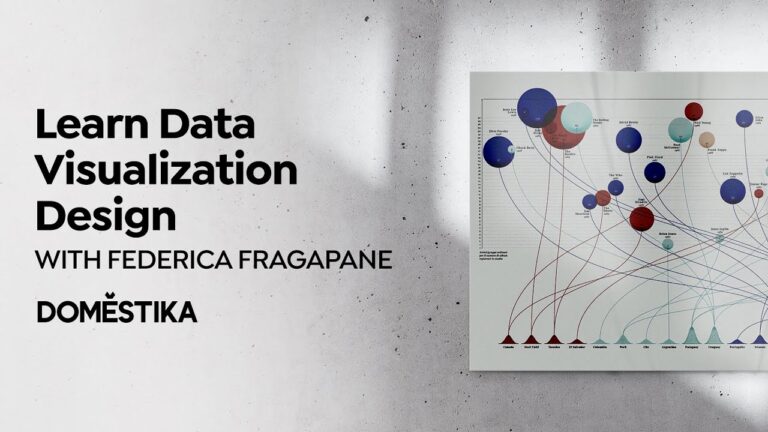Discover the Art of Bookbinding: Job Description and Salary

Bookbinder Job Description Template
Bookbinder Job Description A bookbinder is a skilled professional responsible for the art of bookbinding, which involves assembling, repairing, and restoring books. They work in libraries, publishing houses, and bookstores, or may operate their own bookbinding businesses. The primary responsibilities of a bookbinder include binding book pages together, attaching covers, and applying decorative elements to enhance the appearance of the book. They use various techniques such as sewing, gluing, and stapling to create a durable and aesthetically pleasing binding. Additionally, bookbinders may repair damaged books by replacing torn or missing pages and reinforcing weak bindings. Bookbinders must possess a strong attention to detail to ensure that books are bound correctly and neatly. They must be familiar with different types of bookbinding materials such as paper, cloth, leather, and adhesives, and have knowledge of various bookbinding methods. They also need to be skilled in using bookbinding tools, such as cutting machines, sewing frames, and presses. Moreover, a bookbinder should have excellent problem-solving skills to tackle challenges encountered during the bookbinding process. They may need to troubleshoot issues like pages not aligning properly, cover materials not adhering correctly, or binding stitches coming loose. In conclusion, a bookbinder plays a vital role in preserving and maintaining the quality of books. Their expertise in bookbinding techniques and materials ensures that books are well-bound and aesthetically pleasing, contributing to the longevity of literary works.Bookbinder Responsibilities
Bookbinder Requirements
How Much Does A Bookbinder Make?
Bookbinder Salary
| Level | Salary |
|---|---|
| Entry Level | $25,000 – $35,000 |
| Experienced | $35,000 – $50,000 |
| Senior | $50,000 – $70,000 |
Bookbinders are skilled professionals who bind books and other printed materials together. Their salary varies based on their level of experience and expertise. Entry-level bookbinders can expect to earn an annual salary ranging from $25,000 to $35,000. As they gain more experience in the field, their salary can increase to around $35,000 to $50,000 for experienced bookbinders. Senior bookbinders, who have extensive knowledge and expertise, can earn a salary ranging from $50,000 to $70,000 per year.
Bookbinder Salaries by Country
Top Paying Countries for Bookbinder
| Country | Salary Range |
|---|---|
| United States | $30,000 – $55,000 |
| Switzerland | $40,000 – $70,000 |
| Australia | $35,000 – $60,000 |
| Canada | $30,000 – $50,000 |
| Germany | $25,000 – $45,000 |
Bookbinders in various countries earn different salaries depending on factors such as experience, demand, and cost of living. According to available data, the top paying countries for bookbinders include the United States, Switzerland, Australia, Canada, and Germany. In the United States, bookbinders can expect to earn between $30,000 and $55,000 annually, while in Switzerland, the salary range is approximately $40,000 to $70,000. Australia offers bookbinders a salary range of $35,000 to $60,000, while in Canada, the range is $30,000 to $50,000. Bookbinders in Germany earn around $25,000 to $45,000. These figures are just estimates and can vary based on individual qualifications and job opportunities.
A video on the topic Bookbinder
Video Source : The Robertson Davies LibraryInterview Questions for Bookbinder
1. What is bookbinding?
Bookbinding is the process of assembling and securing the pages of a book together, typically by sewing or gluing them to a spine and attaching a cover.
2. What skills are required to become a bookbinder?
To become a bookbinder, one needs to have good hand-eye coordination, attention to detail, and manual dexterity. Knowledge of different binding techniques, materials, and tools is also essential.
3. What are the different types of bookbinding techniques?
Some common bookbinding techniques include case binding, perfect binding, saddle stitching, coptic binding, and Japanese stab binding. Each technique has its own unique characteristics and uses.
4. What materials are typically used in bookbinding?
Materials commonly used in bookbinding include paper, cardboard, leather, fabric, glue, thread, and various decorative elements such as ribbons or foils.
5. What is the importance of bookbinding in preserving books?
Bookbinding not only helps protect the pages of a book but also ensures its longevity. Proper binding techniques prevent pages from falling out or getting damaged, preserving the content for future generations.
6. How has bookbinding evolved over time?
Bookbinding has evolved significantly over time, with new techniques, materials, and technologies being introduced. Traditional hand-binding methods are still practiced, but modern advancements have also led to mechanized and automated processes.
7. What are some challenges faced by bookbinders?
Bookbinders often face challenges such as working with fragile or damaged materials, achieving precise measurements, and meeting specific customer requirements. They also need to stay updated with new binding trends and techniques.
8. Can you explain the process of bookbinding?
The process of bookbinding involves several steps, including folding the pages, sewing or gluing them together, attaching the cover, trimming the edges, and adding any additional decorative elements. The exact process may vary depending on the binding technique used.
9. What are some common bookbinding tools?
Common bookbinding tools include bone folders, awls, needles, cutting knives, rulers, book presses, glue brushes, and various types of clamps. Specialized equipment such as sewing frames or guillotine cutters may also be used.
10. What is the role of a bookbinder in the publishing industry?
Bookbinders play a crucial role in the publishing industry by transforming loose pages into finished books. They collaborate with authors, publishers, and designers to ensure that the final product meets the desired quality and aesthetic standards.






